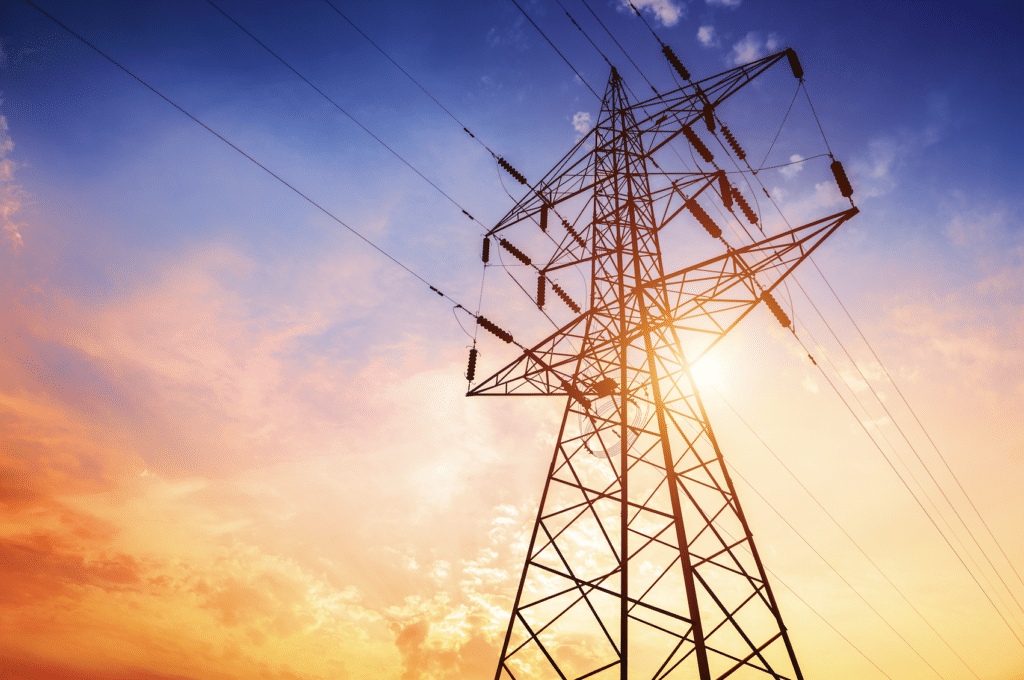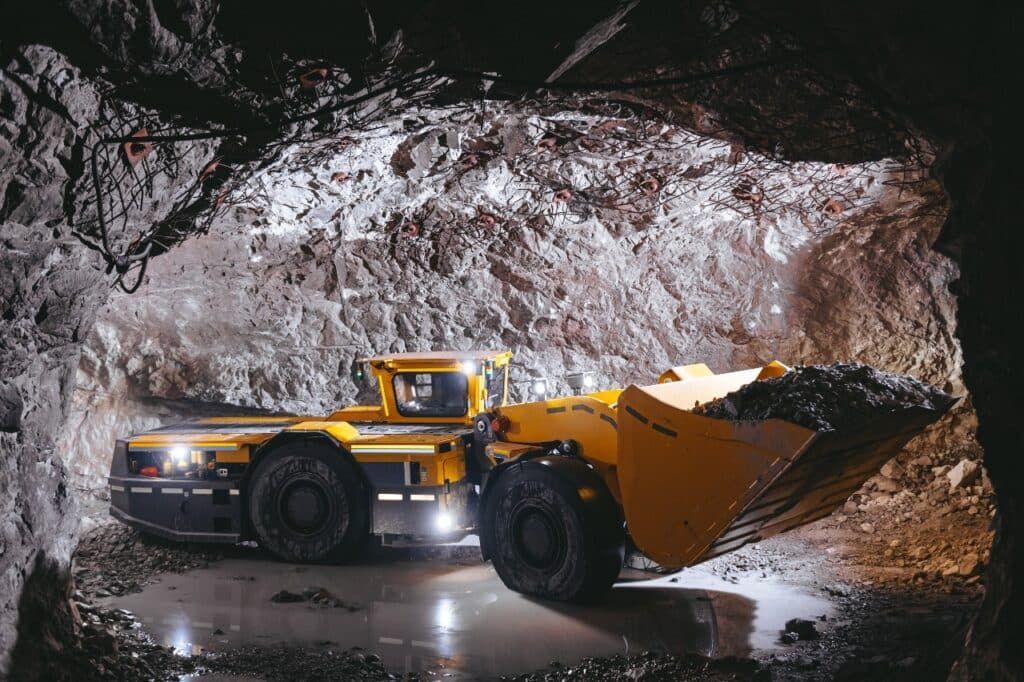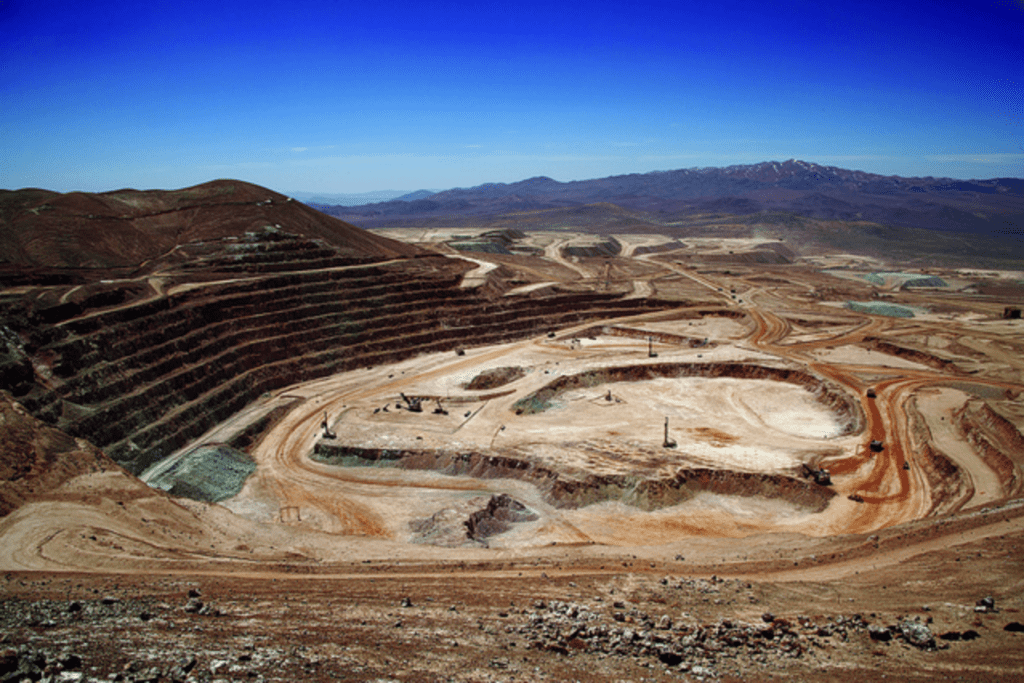Martin Engineering debuts secondary conveyor belt cleaner
Martin Engineering has announced the next generation of secondary conveyor belt cleaners engineered to reduce dusty carryback and lower maintenance time.
Designed to withstand the stress of heavier loads carried on wider and thicker belts at higher speeds, the Martin SQC2S Orion secondary cleaner features individually cushioned tungsten carbide blade cartridges for effective cleaning without risk to the belt or splices.
A two-tiered tensioning system means minimal adjustments and monitoring throughout the life of the blade, and the heavy-duty blades are mounted on a slide-in/slide-out assembly for faster and safer one-worker external servicing.
The result is improved belt cleaning with less dust and maintenance for greater workplace safety at a lower cost of operation.
“We field tested the Orion over several months side-by-side with competitor designs in punishing mining environments and found that the new design significantly outperformed the competition,” Martin Engineering conveyor products manager Dave Mueller said.
“At the end of the testing period, customer participants started the process of replacing all their heavy-duty secondary cleaners with the Orion. We now view this design as the future of our secondary cleaner line moving forward.”
Secondary cleaners play an essential role in the belt cleaning process by significantly reducing the volume of dust and fines dropped as carryback on the belt return. Primary cleaners release most of the abrasive material remaining on the belt after discharge.
Located below the head pully just behind the primary, secondary cleaners scrape off the fines and dust that hide in cracks and divots in the belt. Carryback is attributed to many environmental and operational issues such as air quality violations, fouling of rolling components and machinery, and increased labor for cleanup and maintenance.
The Martin SQC2S Orion secondary cleaner is appropriate for all bulk handling material applications.
The unit is made up of individual six-inch (152.5mm) blades mounted on a square steel tube assembly. Not designed for reversing belts, it is suitable for belt widths between 18–96 inches (457–2438.5mm), belt speeds up to 1200 feet per minute fpm (six metres per second), and temperatures up to 250ºF (121ºC).
“What sets this unit apart from others on the market is the innovative, dual tensioning system with independent heavy-duty tungsten blades which are game-changing design features,” Mueller said.
“The first level of tensioning is supplied to the entire assembly using the heavy-duty SQC2S tensioner, which applies light upward torque evenly across the belt profile for less friction and no wear on splices.”
The second level of tensioning is on the individual blade assembly. Each Orion blade assembly is attached to a steel square tube assembly that is secured a mounting plate. The square tube houses a rubber tensioner with a torsion arm bolted to each side and a specialised tungsten blade is attached to the arm.
The whole system is mounted at a 90-degree angle, then tensioned so each blade is vertical and perpendicular to the belt. As the belt runs, each blade assembly adjusts independently to precisely match the belt’s profile, permitting them to compensate for camber, flaws/blemishes, and stubborn material stuck to the belt’s face. To accommodate belt cupping and other uneven surfaces, the blade assemblies can be individually adjusted to match the belt profile.
The blades are specially designed for heavy-duty abrasive applications in both dry and wet environments. Tested on hard rock and slurry belts, the Orion blades offered superior cleaning results with a longer equipment life. This is due to the rugged tungsten carbide core surrounded by mild steel. Blades are also available in stainless-steel for specific corrosive materials.
The blade design features an attached deflector shield made from polypropene or rugged nylon for high temperature applications. Mounted directly to the blade in an outward scoop design, the shield ushers loosened material away from the mainframe and toward the discharge chute. This mitigates buildup on the assembly, extending the blade’s effectiveness and reducing the amount of maintenance.Safety and ease of maintenance is a key feature and a core priority for all Martin Engineering designs.
The slide-in/slide-out design allows a single worker to perform maintenance with easy access outside of the conveyor structure, eliminating the need to crawl underneath or awkwardly reach inside. This greatly improves workplace safety and reduces the amount of time and labor required for maintenance, significantly lowering the cost of operation.
“Every bulk handling operation is unique and requires equipment that is versatile and adaptable, and I think we’ve achieved that with the Orion,” Mueller said.
“Martin Engineering products are developed to improve efficiency and safety, without compromising belt health. This design gives customers more options and superior results, regardless of the material or the process.”
Source: https://www.australianmining.com.au/martin-engineering-debuts-secondary-conveyor-belt-cleaner/




